Summary | Excerpt | Reviews | Beyond the Book | Read-Alikes | Genres & Themes | Author Bio
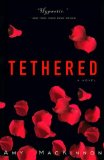
Critics' Opinion:
Readers' Opinion:
First Published:
Aug 2008, 272 pages
Paperback:
Aug 2009, 272 pages
 Book Reviewed by:
Book Reviewed by:
Donna Chavez
Buy This Book
This article relates to Tethered
Clara has such a detached attitude toward the more clinical aspects of her job as undertaker – removing organs, sewing the mouth shut, applying makeup – that her description of these tasks seems no different than a fishmonger discussing the gutting and filleting of salmon. And MacKinnon includes enough subtle hints as to the danger and toxicity of the chemicals used in cadaver preparation that one might pause before considering disposition of one's – or a loved one's -- earthly remains. Additionally, there is the casket to think about and the fact that there may be more bodies to bury in Clara's community cemetery than that plot of hallowed ground can hold. It all leads one to ask, is this really the best and most environmentally conscientious way to handle post-life leavings?
In his book (published in paperback in December 2008) Grave Matters: A Journey through the Modern Funeral Industry to a Natural Way of Burial Mark
Harris follows the final resting place decisions of a number of people who opted for a variety of alternative means of dispatching their mortal vestiges. Harris, who is I believe the son of an undertaker, is an environmental journalist who advocates for green burial.
First, let me caution that his chapters on traditional embalming and burial are not for the faint of heart. They contain candidly graphic descriptions of the procedures from beginning to steamy end, including the process of organic decomposition and the leaching of toxic embalming chemicals into the soil. Once past that, however, there follow a number of interesting and environmentally sensitive choices, some are pricey but many are cost-effective.
Cremation may be the most obvious and popular choice. However, Harris points out that the smoke is a pollutant too. So another option might be, say, a backyard burial. In several states, it turns out, there is no law preventing burying a person's remains in one's own backyard. No casket is required and only permission from the state, city or county is necessary. Of course, it would be prudent to warn a real estate agent before selling one's home that granny has been laid to rest under the sugar maple. Some other, more creative, means of cadaver disposition he discusses include burial at sea, inclusion in a coral reef (my favorite) and "natural burial," in a shroud placed in a pre-dedicated state or privately-owned park. All options that Harris describes include a list of costs, laws to be aware of and resources.
Of course, one can always donate one's body, or parts thereof, to science. Which, sad to say, brings its own set of caveats. Accordingly, one might wish to read Annie Cheney's Body Brokers: Inside America's Underground Trade in Human Remains before making that decision.
Filed under Cultural Curiosities
![]() This "beyond the book article" relates to Tethered. It originally ran in August 2008 and has been updated for the
August 2009 paperback edition.
Go to magazine.
This "beyond the book article" relates to Tethered. It originally ran in August 2008 and has been updated for the
August 2009 paperback edition.
Go to magazine.

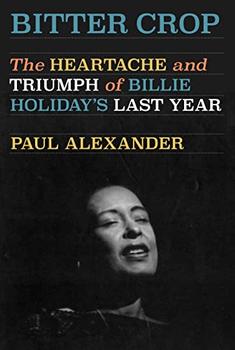
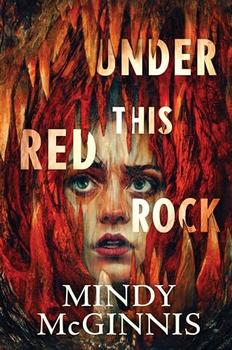
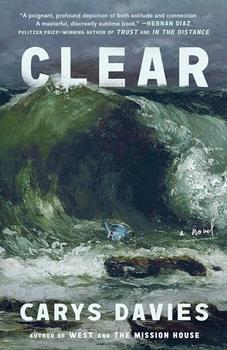
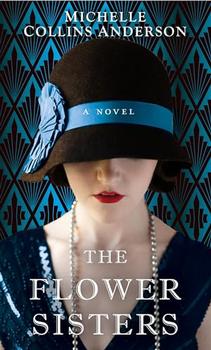
The Flower Sisters
by Michelle Collins Anderson
From the new Fannie Flagg of the Ozarks, a richly-woven story of family, forgiveness, and reinvention.
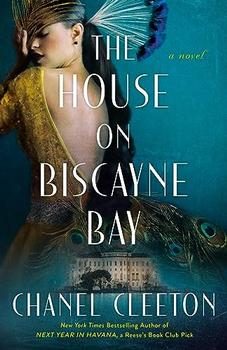
The House on Biscayne Bay
by Chanel Cleeton
As death stalks a gothic mansion in Miami, the lives of two women intertwine as the past and present collide.
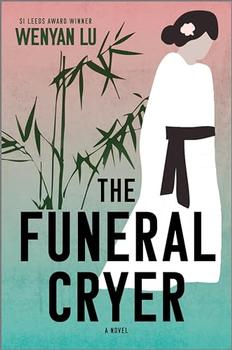
The Funeral Cryer by Wenyan Lu
Debut novelist Wenyan Lu brings us this witty yet profound story about one woman's midlife reawakening in contemporary rural China.
Your guide toexceptional books
BookBrowse seeks out and recommends the best in contemporary fiction and nonfiction—books that not only engage and entertain but also deepen our understanding of ourselves and the world around us.